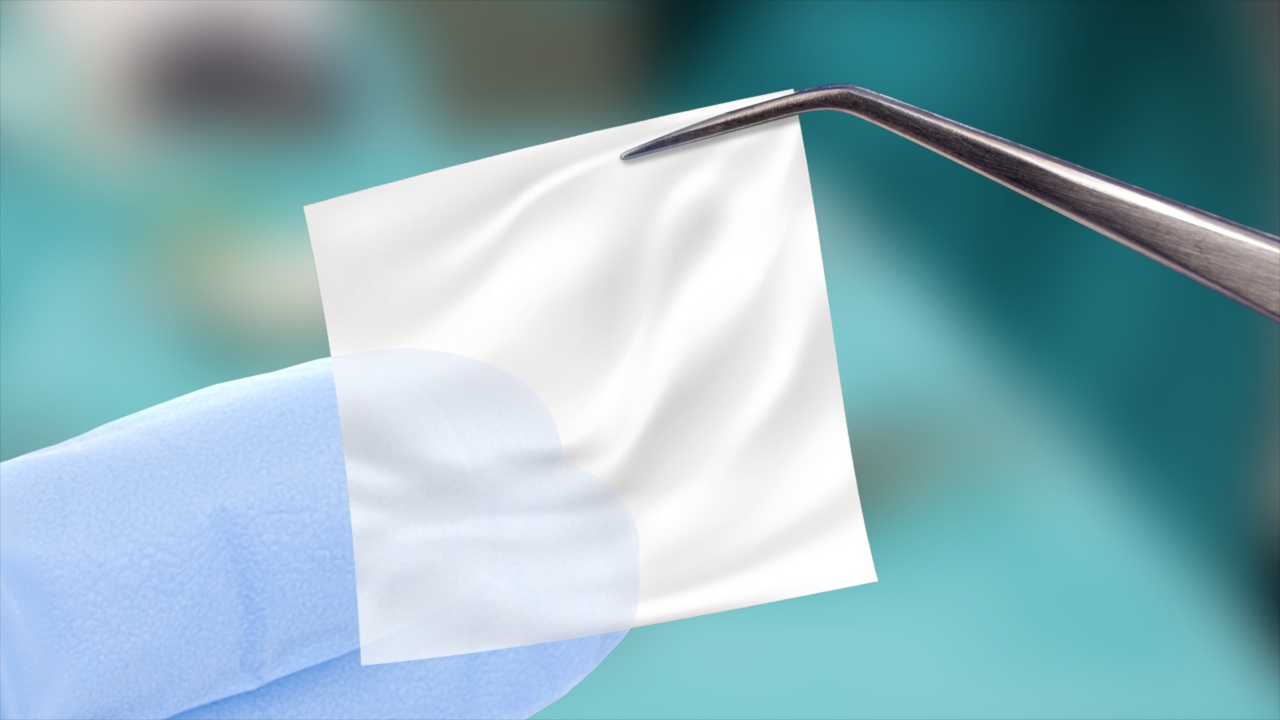
Soft tissue injuries can significantly impact mobility and quality of life, making effective treatment essential. Advances in regenerative medicine have introduced innovative solutions, such as amniotic tissue allografts and dual layer membranes, which offer promising results in wound healing and tissue regeneration. These cutting-edge technologies have revolutionized the way medical professionals approach the repair and recovery of soft tissue injuries.
In this article, we will explore the benefits, applications, and the science behind how amniotic tissue allografts and dual layer membranes contribute to faster and more effective soft tissue regeneration.
Understanding Amniotic Tissue Allografts
Amniotic tissue allografts are derived from the amniotic membrane of the placenta, a rich source of growth factors, cytokines, and extracellular matrix components. These allografts are used to promote healing in various medical applications, including wound care, orthopedic surgery, and ophthalmology.
Key Benefits of Amniotic Tissue Allografts
- Enhanced Healing Properties:
Amniotic tissue allografts provide essential growth factors that help regulate inflammation, promote cell proliferation, and accelerate tissue repair. - Reduced Scar Formation:
The anti-inflammatory and anti-fibrotic properties of amniotic tissue help minimize scar tissue development, leading to more natural healing. - Immunomodulatory Effects:
Since the amniotic membrane is naturally immune-privileged, it reduces the risk of rejection and adverse reactions, making it a safe option for patients. - Versatile Applications:
Amniotic tissue allografts can be used for chronic wounds, burns, tendon injuries, and even in ophthalmic surgeries to restore damaged tissues effectively.
By incorporating amniotic tissue allograft products in treatment plans, healthcare providers can achieve better outcomes in terms of healing time and functional recovery.
What is a Dual Layer Membrane?
A dual layer membrane is a specialized biomaterial designed to mimic the natural structure of human tissue. It consists of two distinct layers that serve complementary functions—one promoting cellular adhesion and integration, while the other provides a protective barrier to external elements.
Advantages of Dual Layer Membranes in Soft Tissue Regeneration
- Optimal Structural Support:
The dual-layer composition provides strength and flexibility, ensuring stability during the healing process while allowing natural movement. - Enhanced Biocompatibility:
These membranes support cell attachment and proliferation, leading to improved tissue integration and reduced healing time. - Protection Against Infection:
The outer layer acts as a barrier to prevent contamination, reducing the risk of post-surgical infections. - Gradual Degradation:
Many dual layer membranes are biodegradable, meaning they gradually dissolve as the body replaces the damaged tissue with new, healthy cells.
By combining a dual layer membrane with regenerative approaches, medical practitioners can enhance patient outcomes by providing long-term solutions for complex injuries.
The Role of Amniotic Tissue Allografts and Dual Layer Membranes in Soft Tissue Regeneration
When used together, amniotic tissue allografts and dual layer membranes offer a synergistic approach to soft tissue regeneration. While amniotic allografts supply the necessary growth factors and healing properties, dual layer membranes provide structural support and protection during the healing process.
Applications in Various Medical Fields
- Wound Care:
Chronic wounds, such as diabetic ulcers and pressure sores, can benefit from a combination of both technologies. The amniotic allograft accelerates cellular repair, while the dual layer membrane offers protection from external contaminants. - Orthopedic and Sports Injuries:
In treating tendon and ligament injuries, the regenerative properties of amniotic tissue work alongside dual layer membranes to reinforce the affected area and promote faster recovery. - Surgical Interventions:
Post-surgical healing can be improved through the use of these advanced materials, reducing the risk of complications and improving overall patient satisfaction. - Burn Treatment:
Burn injuries often require specialized care, and the combination of amniotic tissue allografts with dual layer membranes helps create an optimal healing environment.
How These Solutions Improve Patient Outcomes
Patients who receive treatment with amniotic tissue allografts and dual layer membranes often experience:
- Faster Healing Times: Reduction in recovery periods due to the enhanced biological activity of amniotic tissues.
- Minimal Complications: Lower risks of infection and immune rejection thanks to the biocompatible nature of these materials.
- Improved Functionality: Restored mobility and function of the affected soft tissues, leading to a better quality of life.
Choosing the Right Treatment Approach
Selecting the right treatment option depends on various factors, including the severity of the injury, the patient’s overall health, and the specific medical condition. Physicians often evaluate the benefits of using a dual layer membrane alongside amniotic tissue allografts to determine the most effective strategy.
Factors to Consider When Choosing Treatment
- Extent of Tissue Damage:
For deep or chronic wounds, a combination approach may be more effective. - Patient Health Status:
Individuals with underlying conditions such as diabetes may require specialized solutions for optimal healing. - Cost and Accessibility:
While these advanced treatments can be costly, they may be more cost-effective in the long run due to faster recovery and reduced complications.
Conclusion
The use of amniotic tissue allografts and dual layer membranes has revolutionized the field of soft tissue regeneration. By combining their regenerative properties with structural support, these innovative solutions offer faster healing, reduced complications, and improved patient outcomes. Whether dealing with chronic wounds, sports injuries, or post-surgical healing, these technologies provide a promising path to recovery.
If you’re considering advanced treatment options for soft tissue injuries, consult a healthcare provider to explore how these solutions can benefit you.






Leave a Reply